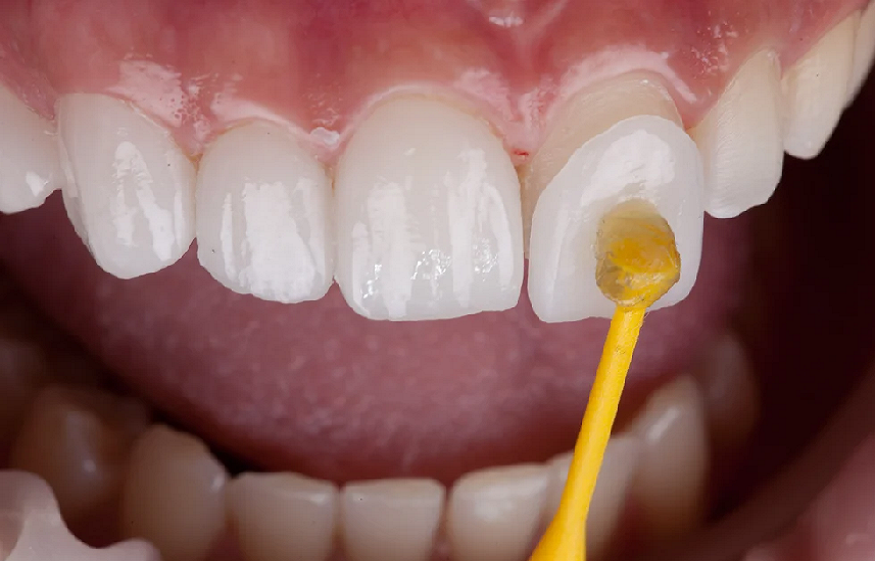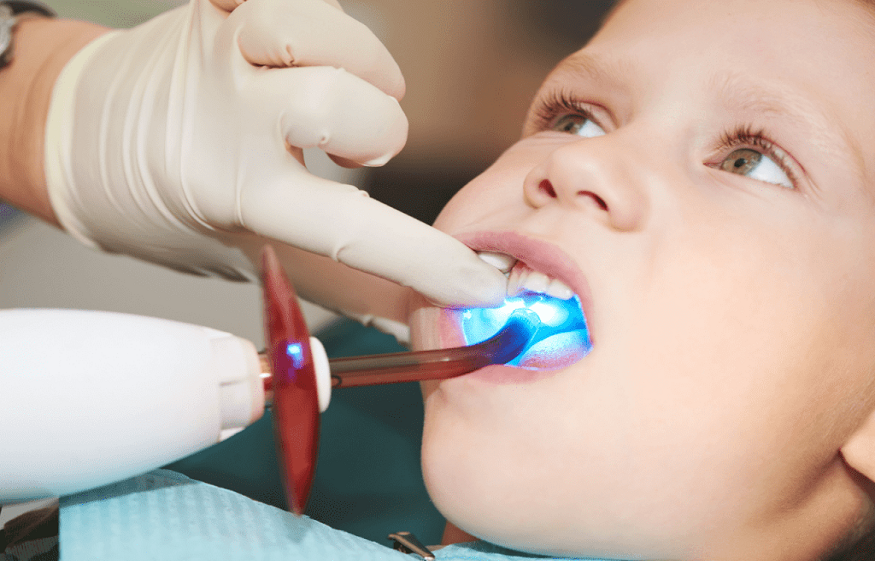Tooth mobility can be unsettling. It often signals deeper issues in the gums or the structures supporting your teeth. Periodontists, specialists in gum health, can help manage and treat these concerns. They employ three main strategies to address tooth mobility: strengthening the gums, stabilizing the teeth, and, if necessary, performing tooth extractions Campbell. By focusing on the root cause, periodontists aim to restore oral health and prevent further complications.
Strengthening the Gums
Gums play a crucial role in holding teeth in place. Periodontists often start by addressing gum health. This can involve deep cleaning procedures known as scaling and root planning. These methods remove plaque and tartar from below the gum line. This helps the gums reattach to the teeth more effectively.
When scaling and root planing are not enough, periodontists might suggest gum grafts. This procedure uses tissue, often from the roof of the mouth, to reinforce weakened areas. Strengthening the gums can offer a stable foundation for the teeth.
Stabilizing the Teeth
Once gum health is addressed, the next step is to stabilize the teeth. One common technique is splinting. This involves bonding a weak tooth to a stronger one. This provides the loose tooth with additional support.
In some cases, a bite adjustment may be necessary. When teeth do not align properly, it can cause excessive force on certain teeth. A periodontist can adjust the bite by reshaping the chewing surfaces, which can reduce pressure and improve stability.
When Tooth Extraction Becomes Necessary
Despite best efforts, sometimes a tooth cannot be saved. In such cases, extraction becomes the best option to protect overall oral health. Removing a severely mobile tooth can prevent infection from spreading.
Periodontists ensure that the extraction process is as smooth as possible. They often work with an implant specialist to explore replacement options. Dental implants can provide a durable solution, restoring function and appearance.
Comparing Treatment Options
| Treatment Method | Benefits | Considerations |
| Scaling and Root Planing | Reduces plaque and tartar | May require multiple sessions |
| Gum Grafts | Reinforces weakened gums | Requires healing time |
| Splinting | Provides additional support | Not a permanent fix |
| Bite Adjustment | Reduces pressure on teeth | May involve reshaping teeth |
| Tooth Extraction | Prevents further infection | Requires follow-up care |
Preventing Tooth Mobility
While periodontists are experts in treating tooth mobility, prevention is always the best course. Regular dental check-ups and cleanings can catch issues early. Brushing and flossing daily are simple habits that protect gum health.
Avoid using teeth as tools. This stresses the teeth and can weaken them over time. Consuming a balanced diet rich in vitamins and minerals also supports strong teeth and gums.
Conclusion
Periodontists provide vital services in maintaining and restoring oral health. Understanding their role in treating tooth mobility helps in making informed decisions about dental care. Strengthening gums, stabilizing teeth, and, when necessary, opting for extractions ensures long-term oral health.




